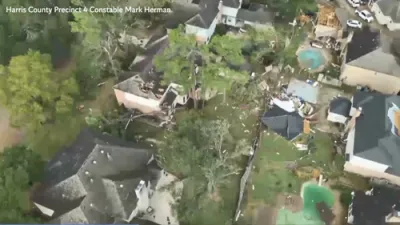פרישע דראמאטישע לאווא ווערט געזען אין האוואי
Hawaii’s Kilauea volcano erupted on Sunday evening, sending rivers of lava across the landscape in a dramatic display of volcanic activity. Footage captured by the United States Geological Survey (USGS) shows molten rock flowing from the volcano’s southern vent, highlighting the ongoing eruptions.
The USGS Hawaiian Volcano Observatory reported that periodic overflows and “low dome fountains” from Kilauea lasted longer overnight than during the day. Located within a closed section of Hawaii Volcanoes National Park, the volcano has been erupting intermittently since December 23, 2024, and remains one of the world’s most active volcanoes.
Authorities maintain restrictions on access to affected areas for public safety, and park officials continue to monitor the activity closely. The USGS provides ongoing updates on lava flow paths, eruption intensity, and potential hazards, ensuring visitors and nearby residents remain informed about evolving conditions.
Kilauea’s latest eruption underscores the island’s dynamic geological environment, combining spectacular natural displays with the inherent risks of living near active volcanic zones. While the eruptions are primarily confined to the park, scientists continue to study Kilauea to better understand volcanic behavior and mitigate risks to surrounding communities.



































